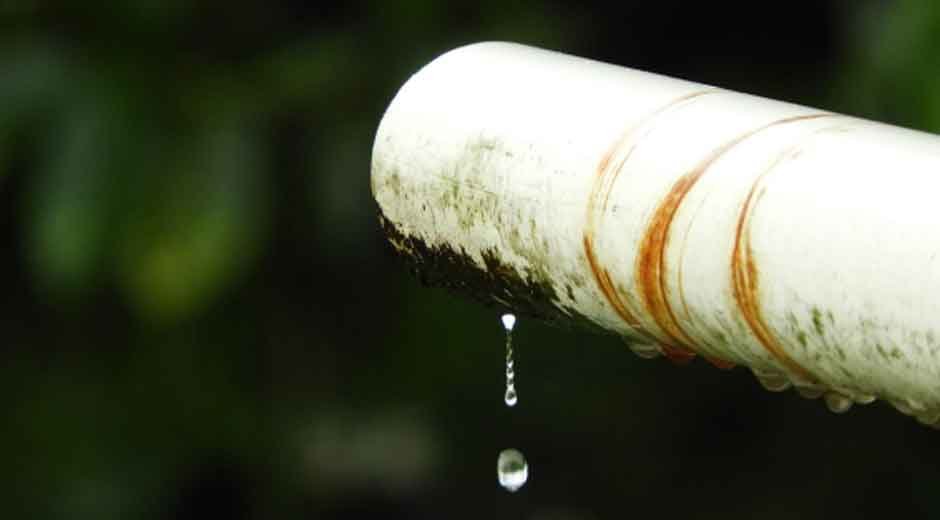Nothing disrupts a normal day like water, where it shouldn’t be. Leaks can quickly lead to serious damage, whether it’s a slow drip or a full-on spray from a burst connection. Knowing how to respond can help protect your home and your budget.
In places like Greeley, CO, changing weather conditions make plumbing problems even more common. Cold winters can freeze water lines, while dry summers can cause ground shifting that stresses older connections. Many homeowners in the area experience leaks due to temperature swings, worn materials, or unexpected pressure changes in their systems.
This article will help you deal with sudden plumbing problems without panicking.
Spotting the Signs of a Leak Early
Catching a problem early is key. Some signs are obvious—like water pooling under a sink or a soaked ceiling—but others are easy to miss. Watch for discolored walls, unusual smells, low water pressure, or a sudden increase in your water bill. These clues can help you act before a small leak turns into a big repair. Regular checks around your home can make a real difference in catching issues early.
Know When It’s Time to Call an Emergency Plumber
Not every leak needs urgent attention, but some situations do. If you’re dealing with flooding, loss of hot water, or water coming from unknown areas, it’s time to act quickly. Severe leaks can cause mold, rot, and expensive structural damage if ignored. In these cases, calling an emergency plumber in Greeley, CO, is your best move. Experts like those at Affordable Heating & Air Conditioning, Inc. offer expert services to handle serious problems quickly. They’re equipped to manage major repairs, helping protect your home and prevent more costly damage.
How to Shut Off the Water Supply in a Hurry
If water is flowing uncontrollably, shutting it off is the first step. Most homes have a main shut-off valve near the water meter or in the basement. Turn it clockwise to stop the flow. Also, learn how to turn off smaller valves under sinks, behind toilets, or near appliances. Taking action right away can minimize mess and give you time to get professional help. It’s smart to show everyone where these shut-offs are located in your household.
Common Causes of Pipe Damage in Homes
Leaks often happen due to freezing, corrosion, poor installation, or sudden pressure changes. In older homes, wear and tear over time can weaken lines. If your plumbing is more than a couple of decades old, it might be time to get it inspected. Keeping an eye out for signs of rust or mineral buildup can also help prevent problems before they begin. Prevention goes a long way to keep your plumbing system in good shape.
Temporary Fixes You Can Do Before Help Arrives
If you can’t get help right away, there are a few safe steps you can take. Use a plumber’s tape, epoxy putty, or a pipe clamp to control the leak temporarily. Place a bucket or towel to catch water and protect your flooring. These fixes won’t last long but can help limit the damage while you wait for a professional. Always follow up with a licensed plumber to ensure the problem is resolved.
Preventing Water Damage to Walls, Floors, and Belongings
When a leak starts, your first priority is protecting your home’s interior after shutting off the water. Move any nearby furniture, rugs, or valuables away from the affected area. Use towels, buckets, or plastic bins to catch and contain the water. If the leak is near electrical outlets or appliances, shut off the electricity to that area for safety. Taking these small steps quickly can help prevent staining, warping, and mold growth, which can be costly and time-consuming to fix later.
Why DIY Isn’t Always the Best Solution
While it’s tempting to try fixing a leak yourself, plumbing repairs are often more complex than they appear. Mistakes can lead to bigger problems, like hidden leaks or water pressure issues. Using the wrong parts or tools may also cause damage or violate local building codes. Unless you have proper experience, it’s usually better to leave major repairs to a licensed plumber. Getting it done right the first time can save you time, money, and a lot of stress down the road.
What to Expect During a Professional Plumbing Visit
When a professional arrives, they’ll start by assessing the damage and identifying the source of the leak. This may include checking behind walls or under floors. They’ll then explain the issue and the repair options, including cost estimates. In most cases, plumbers come prepared to handle the repair right away. It helps to have clear access to the area, know when the leak started, and describe any changes in water pressure or color. Good communication makes the process smoother for everyone involved.
How to Avoid Future Leaks and Pipe Failures
Prevention is the best way to protect your home from unexpected plumbing issues. Start with regular inspections of your plumbing system, especially in older homes. Insulate exposed lines during the colder months to avoid freezing. Don’t ignore small signs like drips or discoloration under sinks—they could be early warnings. Replacing old fittings or updating your plumbing system entirely may cost more upfront but can prevent emergencies later. Staying proactive can save thousands in repair costs.
Keeping a Plumbing Emergency Kit at Home
Being prepared can make a big difference when something goes wrong. Every homeowner should have a basic plumbing emergency kit. Include items like an adjustable wrench, plumber’s tape, epoxy putty, towels, buckets, and a flashlight. Also, keep a list of local plumbing services in a safe, easy-to-reach place. These tools won’t fix every issue, but they can help you act fast and stay calm until help arrives.
Sudden leaks are frustrating, but with the right steps, they don’t have to become disasters. Knowing how to respond quickly, when to call a professional, and how to protect your home can make all the difference. Planning ahead and keeping your plumbing system in check helps you stay in control—even when things go wrong. A little preparation now can save you a lot of trouble later.










